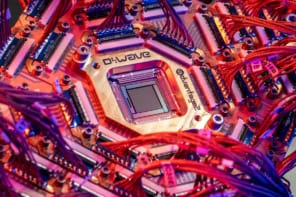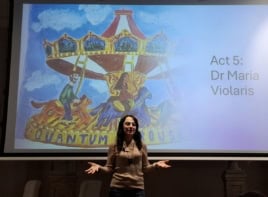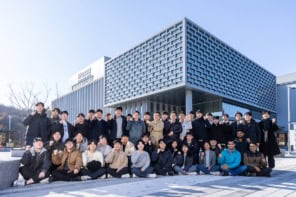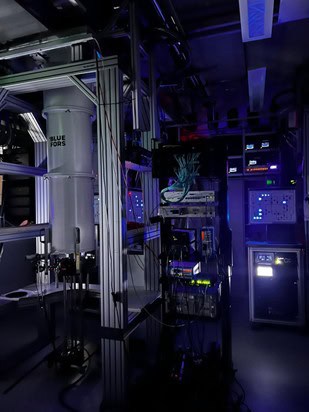
Qubits – the building blocks of quantum computers – are plagued with a seemingly unsurmountable dilemma. If they’re fast, they aren’t robust. And if they’re robust, they aren’t fast. Both qualities are important, because all potentially useful quantum algorithms rely on being able to perform many manipulations on a qubit before its state decays. But whereas faster qubits are typically realized by strongly coupling them to the external environment, enabling them to interact more strongly with the driving field, robust qubits with long coherence times are typically achieved by isolating them from their environment.
These seemingly contradictory requirements made simultaneously fast and robust qubits an unsolved challenge – until now. In an article published in Nature Communications, a team of physicists led by Dominik Zumbühl from the University of Basel, Switzerland show that it is, in fact, possible to increase both the coherence time and operational speed of a qubit, demonstrating a pathway out of this long-standing impasse.
The magic ingredient
The key ingredient driving this discovery is something called the direct Rashba spin-orbit interaction. The best-known example of spin-orbit interaction comes from atomic physics. Consider a hydrogen atom, in which a single electron revolves around a single proton in the nucleus. During this orbital motion, the electron interacts with the static electric field generated by the positively charged nucleus. The electron in turn experiences an effective magnetic field that couples to the electron’s intrinsic magnetic moment, or spin. This coupling of the electron’s orbital motion to its spin is called spin-orbit (SO) interaction.
Aided by collaborators at the University of Oxford, UK and TU Eindhoven in the Netherlands, Zumbühl and colleagues chose to replace this simple SO interaction with a far more complex landscape of electrostatic potential generated by a 10-nanometer-thick germanium wire coated with a thin silicon shell. By removing a single electron from this wire, they create states known as holes that can be used as qubits, with quantum information being encoded in the hole’s spin.
Importantly, the underlying crystal structure of the silicon-coated germanium wire constrains these holes to discrete energy levels called bands. “If you were to mathematically model a low-level hole residing in one of these bands using perturbation theory – a commonly applied method in which more remote bands are treated as corrections to the ground state – you would find a term that looks structurally similar to the spin–orbit interaction known from atomic physics,” explains Miguel Carballido, who conducted the work during his PhD at Basel, and is now a senior research associate at the University of New South Wales’ School of Electrical Engineering and Telecommunications in Sydney, Australia.
By encoding the quantum states in these energy levels, the spin-orbit interaction can be used to drive the hole-qubit between its two spin states. What makes this interaction special is that it can be tuned using an external electric field. Thus, by applying a stronger electric field, the interaction can be strengthened – resulting in faster qubit manipulation.
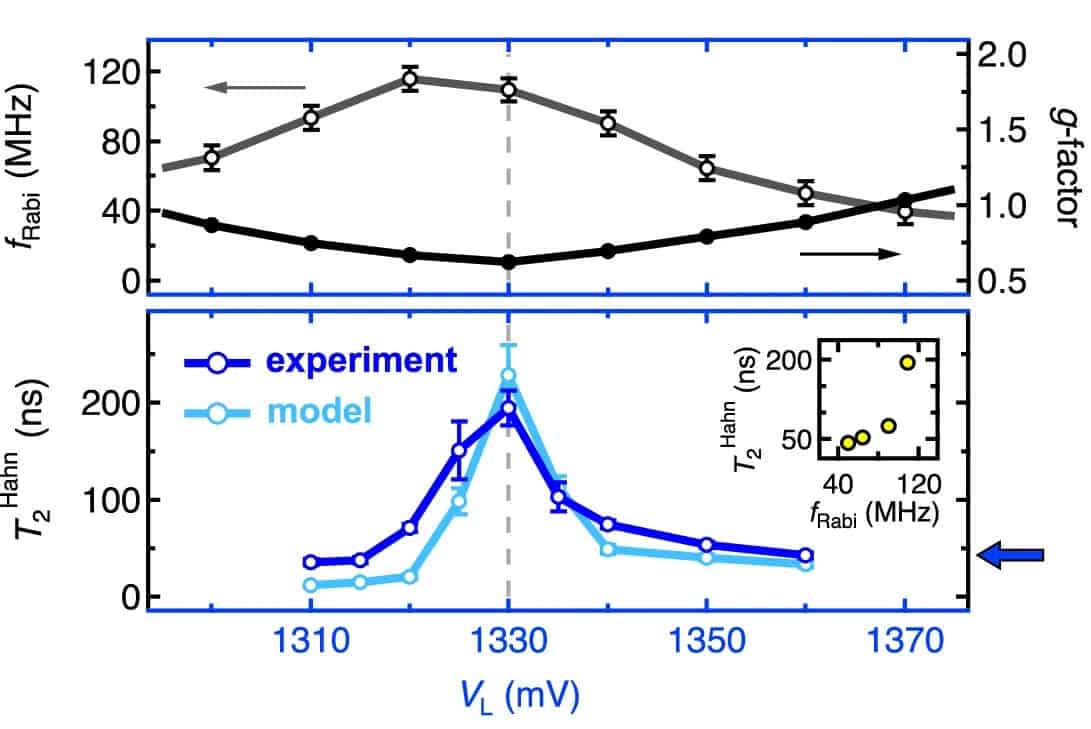
Reaching a plateau
This ability to make a qubit faster by tuning an external parameter isn’t new. The difference is that whereas in other approaches, a stronger interaction also means higher sensitivity to fluctuations in the driving field, the Basel researchers found a way around this problem. As they increase the electric field, the spin-orbit interaction increases up to a certain point. Beyond this point, any further increase in the electric field will cause the hole to remain stuck within a low energy band. This restricts the hole’s ability to interact with other bands to change its spin, causing the SO interaction strength to drop.

Hannah Stern: how new materials are driving the quantum revolution
By tuning the electric field to this peak, they can therefore operate in a “plateau” region where the SO interaction is the strongest, but the sensitivity to noise is the lowest. This leads to high coherence times (see figure), meaning that the qubit remains in the desired quantum state for longer. By reaching this plateau, where the qubit is both fast and robust, the researchers demonstrate the ability to operate their device in the “compromise-free” regime.
So, is quantum computing now a solved problem? The researchers’ answer is “not yet”, as there are still many challenges to overcome. “A lot of the heavy lifting is being done by the quasi 1D system provided by the nanowire,” remarks Carballido, “but this also limits scalability.” He also notes that the success of the experiment depends on being able to fabricate each qubit device very precisely, and doing this reproducibly remains a challenge.

